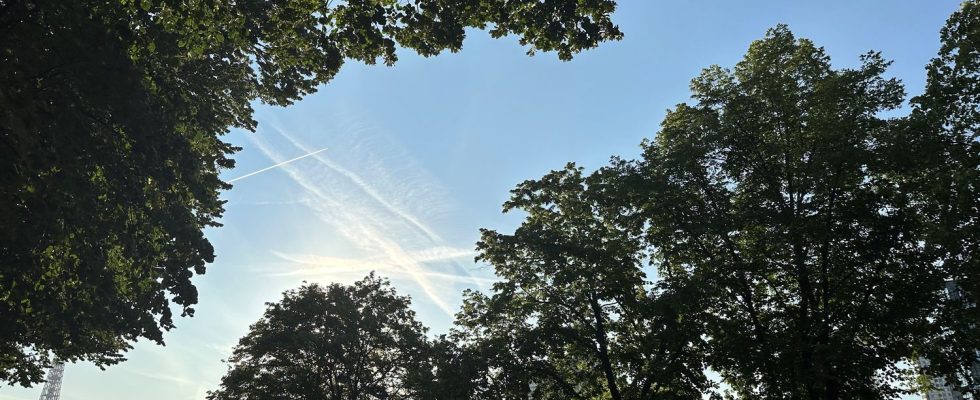Currently, the north of the country is spared from high heat, but in the event of rising temperatures, nearly a third of the inhabitants of Île-de-France are considered to be very vulnerable to heat waves. Why are these people more exposed than others?
Posted
Reading time : 2 min.

Several criteria make the population of Île-de-France vulnerable because of the heat wave according to this study by the Paris Region Institute. Living in urban heat islands – with temperatures that struggle to drop at night in particular – is the case for half of the inhabitants of Île-de-France and 99% of the population of intramural Paris, due to the density of buildings, but there are also other parameters such as being over 65, living alone or in poorly insulated housing which reinforces fragility.
On the contrary, being younger, having access to green spaces, having family, and medical services, makes it easier to adapt.
When all these elements are added together, the sensitive area extends well beyond Paris intramural, in particular to the north and east of the capital. In total, some 3.7 million Ile-de-France residents are considered to be very vulnerable to extreme heat.
The solution: plant trees
Studies show that there can be up to 10°C difference at night between a city center and its outskirts due to heat stored in concrete, tar or roofs. We also know that there can be 3°C to 8°C degrees difference between a street planted with trees and a street without vegetation. A study carried out in 93 European cities, based on temperature and mortality figures, showed that a third of deaths due to summer heat could be avoided if more trees were planted.
According to this study by the Barcelona Institute of Global Health, the area of green spaces in the city should be doubled, thus going from 15% of vegetation cover in cities to 30%. The temperature would drop by 0.5°C or 1°C. Obviously the insulation of the dwellings also counts a lot.
All urban development solutions should be considered because in summer, each additional degree can promote cardio-respiratory problems in the most fragile. For the World Health Organization, the current heat wave is already putting hospitals under pressure.
